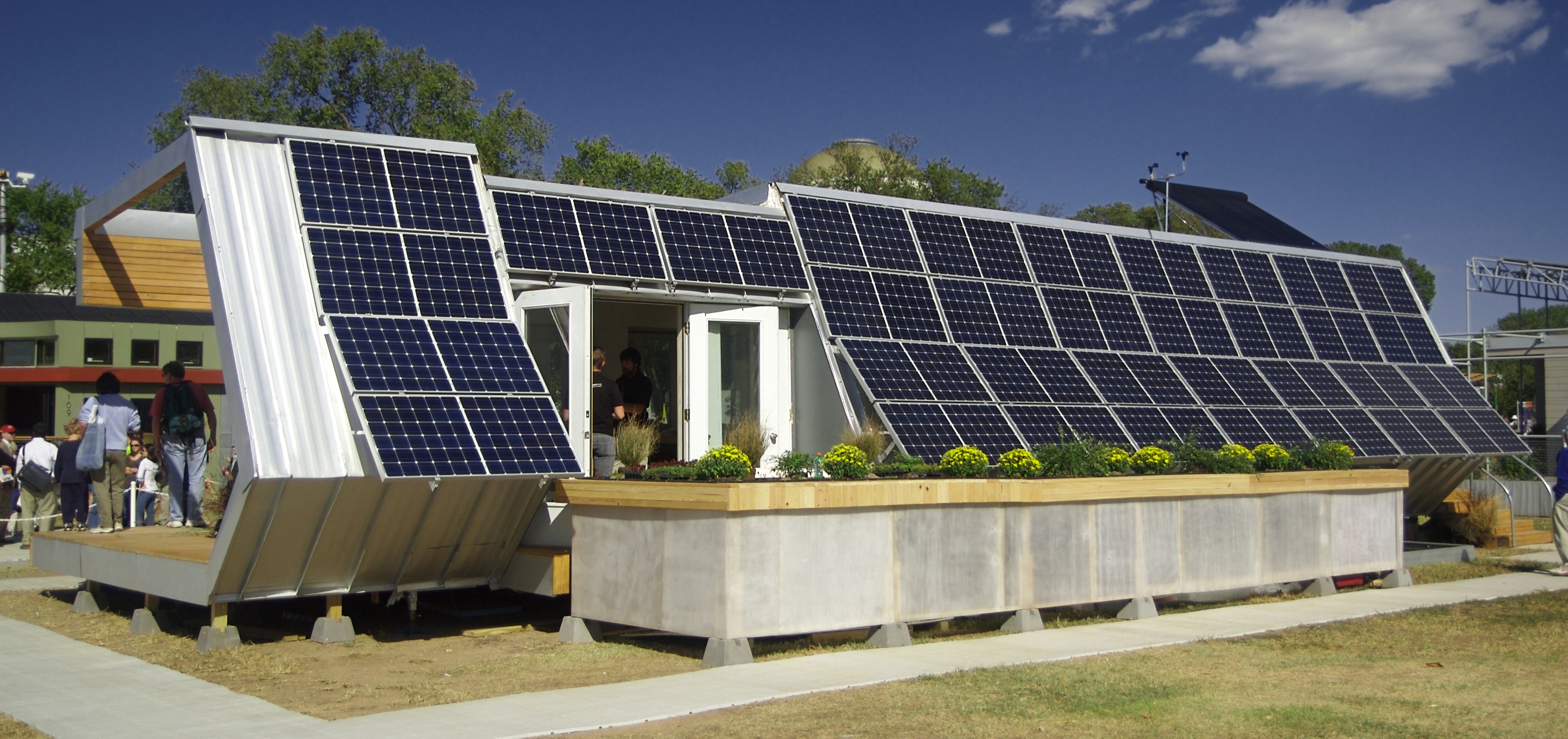
Kansas Project Solar House
1. The Solar Rush Is On!
People in places as diverse as the United Kingdom (UK) and China are scrambling to install solar heating and power generation systems, before the special incentives run out. Already, earlier in 2016, the one-millionth solar energy system has been installed in the U.S. This is a milestone that proves solar is no longer on the experimental fringe. And, with Elon Musk’s Solar City in the news, there is a rush on to quickly adapt solar in more and more areas and industries.
2. Large Solar Power Producers
Solar City has also started an advocate organization, The Alliance for Solar Choice (TASC). The focus of TASC is to make the process of getting photovoltaic (PV) solar power stations successfully installed on rooftops, even in those regions that are opposed to it. The effect of all this positive traction for these new, higher power systems is that demand is now through the roof, literally. This now makes the USA the number 2 ranked solar power producing country.
3. Accelerated Growth
Equally impressive is how fast solar power is growing overseas. In the first half of this year, India added a whopping 2 gigawatts of solar power systems to their extensive power grid. As for the rest of 2016, the U.S. is projected to grow to a total of 73 gigawatts of solar power by year’s end. That is a 43 percent increase over last year, according to a report in the Global Solar Demand Monitor, which GTM Research publishes quarterly.
Germany had been advancing with solar power, until this year, when China far surpassed them and became the new Number 1 solar market, as measured by total PV installations. A lot of these were rushed installations in order to still qualify for the tariff discount that ended on June 30th, 2016. During this same period, the U.K. had record-breaking solar installation growth. This was also involved in a similar rush to meet requirements for tax breaks, which are called Renewable Obligation Certified incentives.
4. Coming Downturn
Although the U.S. and India are probably going to continue growing solar throughout the year, projections show that it is very likely China will reduce their numbers of solar installations by the end of 2016. This is due to multiple conditions, not the least of which is China’s overall economic downturn. That problem has put the brakes on nearly every project there. The U.K. is also projected to dramatically reduce new installations near the end of 2016, because the tax incentives have not been renewed; they will lose them if not used on time, before the deadline. Japan is in a very similar situation of projected downturn for solar installations by 2017.
5. Tax Savings Extension Allows Procrastination
Since the incentive of the Federal Investment Tax Credit has been extended, many of the solar installations that were or will be started this year may not actually be completed until next year, in 2017. This actually produces skewed tabulation results for 2016. It is the tax-reducing incentive that has gotten the U.S. listed as a top-three market, listed from now until at least the end of 2021. That is one of the primary reasons 2017 is slated to be a record year for solar power installations. So, for the sum of this year and the next, the total installs will rocket up 60 percent higher.







